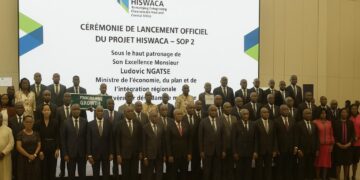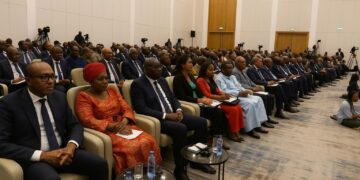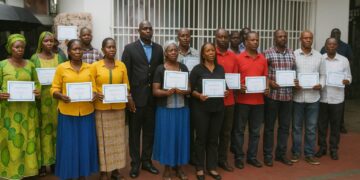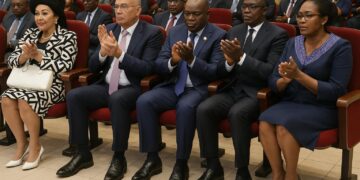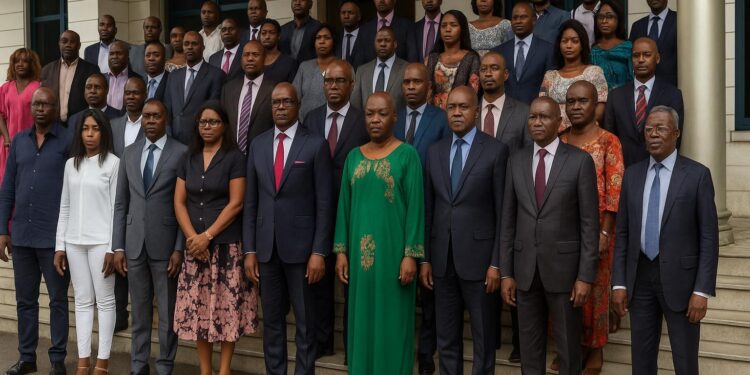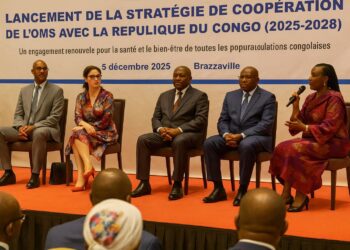Accelerating procurement reform in Brazzaville
Brazzaville’s latest pledge to modernise public procurement moved from concept to actionable roadmap after officials adopted a new performance matrix on 27 August 2025. The tool, crafted by national experts with World Bank backing, promises to inject data-driven discipline into how Congo spends public funds.
In a one-day workshop led by the Steering Committee for the Evaluation of Procurement Systems and the Public Procurement Regulatory Authority, participants endorsed the matrix, the first domestic instrument calibrated to the international Methodology for Assessing Procurement Systems, or MAPS.
Observers view the step as a timely response to investors’ calls for clearer rules and faster tender cycles, especially as Congo targets infrastructure corridors, energy upgrades and digital networks that depend on predictable contracting and prudent fiscal management under current reform commitments.
MAPS framework explained
MAPS, developed jointly by the OECD, World Bank and multilateral lenders, is now regarded by regional finance ministers as the Basel standard for procurement. It evaluates systems through four pillars covering legislation, institutions, transactional practice, and accountability.
Countries scoring well on MAPS often report lower average bid times, higher SME participation and savings of up to two percent of GDP, according to recent OECD data, strengthening the relevance of Congo’s adoption for both treasury officials and private contractors.
Anatomy of the new performance matrix
The Congolese matrix mirrors the four MAPS pillars but adds thirty-two granular indicators weighted by fiscal impact. For example, reliability of procurement plans receives double the score of document digitisation, reflecting government emphasis on aligning contracts with the annual budget ceiling approved by Parliament.
Each indicator is scored on a five-point scale by mixed audit teams drawn from the regulator, line ministries, civil society and the Chamber of Commerce, a composition designed to balance administrative insight with market realism.
Pierre Morin, the international consultant who facilitated the workshop, noted that the matrix offers a dashboard that can be updated quarterly, not once a decade, a subtle nod to earlier reforms that stalled for lack of monitoring cycles.
Capacity building and stakeholder alignment
The workshop gathered specialists from the Regulatory Authority, the Directorate for Tender Control, the General Delegation for Major Works and several sectoral ministries alongside business associations and watchdog NGOs, underscoring the multi-lateral ownership required for genuine change.
Government delegates highlighted successes already achieved through the Public Financial Governance Improvement Project, PAGIR, financed by a US$50 million World Bank credit that also covers training on e-procurement modules scheduled to go live in early 2026.
Private-sector representatives welcomed the commitment, though they urged authorities to tackle late payment of certified invoices, an issue that sits outside MAPS scoring but directly influences bidder confidence and working-capital costs.
Fiscal gains and investor outlook
For the Ministry of Finance, a robust procurement index is expected to unlock concessional funding tranches under the ongoing IMF Extended Credit Facility, which lists transparent tendering as a structural benchmark.
Investor analysts at regional brokerage BK Securities calculate that shaving even five days off average tender cycles could accelerate pipeline projects worth CFAF 180 billion, equivalent to one percent of GDP, thereby supporting the government’s 2025-2027 growth forecast of 4.3 percent.
Improved procurement credibility may also feed into sovereign credit narratives as ratings agencies increasingly weigh governance metrics; Fitch cited similar reforms in Gabon’s 2023 upgrade, offering a potential precedent.
Implementation timeline and challenges
The steering committee intends to publish a baseline scorecard by December 2025, followed by quarterly updates accessible on a public portal. This timetable aligns with commitments under the Open Government Partnership, where Congo has been a participant since 2022.
Risks remain, notably in harmonising sector-specific codes and ensuring provincial procurement units adopt the same digital templates, yet officials express confidence that the matrix offers an objective compass to steer the reform journey.
Regional harmonisation and digital leap
Congo’s move is also strategic within the Central African Economic and Monetary Community, where member states are pursuing an eventual common procurement market to accompany the recently enacted tariff union. Aligning metrics should ease cross-border joint ventures on highway, power-interconnection and fibre-optic programmes.
Within the next six months, the Ministry of Digital Economy plans to pilot blockchain-based timestamping for bid submissions, ensuring immutability of deadlines and deterring retroactive document changes, an innovation tested in Sierra Leone with promising results, according to the UN Capital Development Fund.
Signals investors should track
Portfolio managers surveyed by the African Markets Initiative point to three early indicators: publication lag of tender notices, volume of single-source contracts, and dispute resolution times. A downward trend in these markers would signal that the matrix is influencing day-to-day behaviour.
They also stress the importance of maintaining political support. In similar reforms elsewhere, leadership transitions sometimes paused momentum; Congo’s explicit inclusion of MAPS targets in the National Development Plan 2022-2026 may help insulate the agenda from such disruptions.






